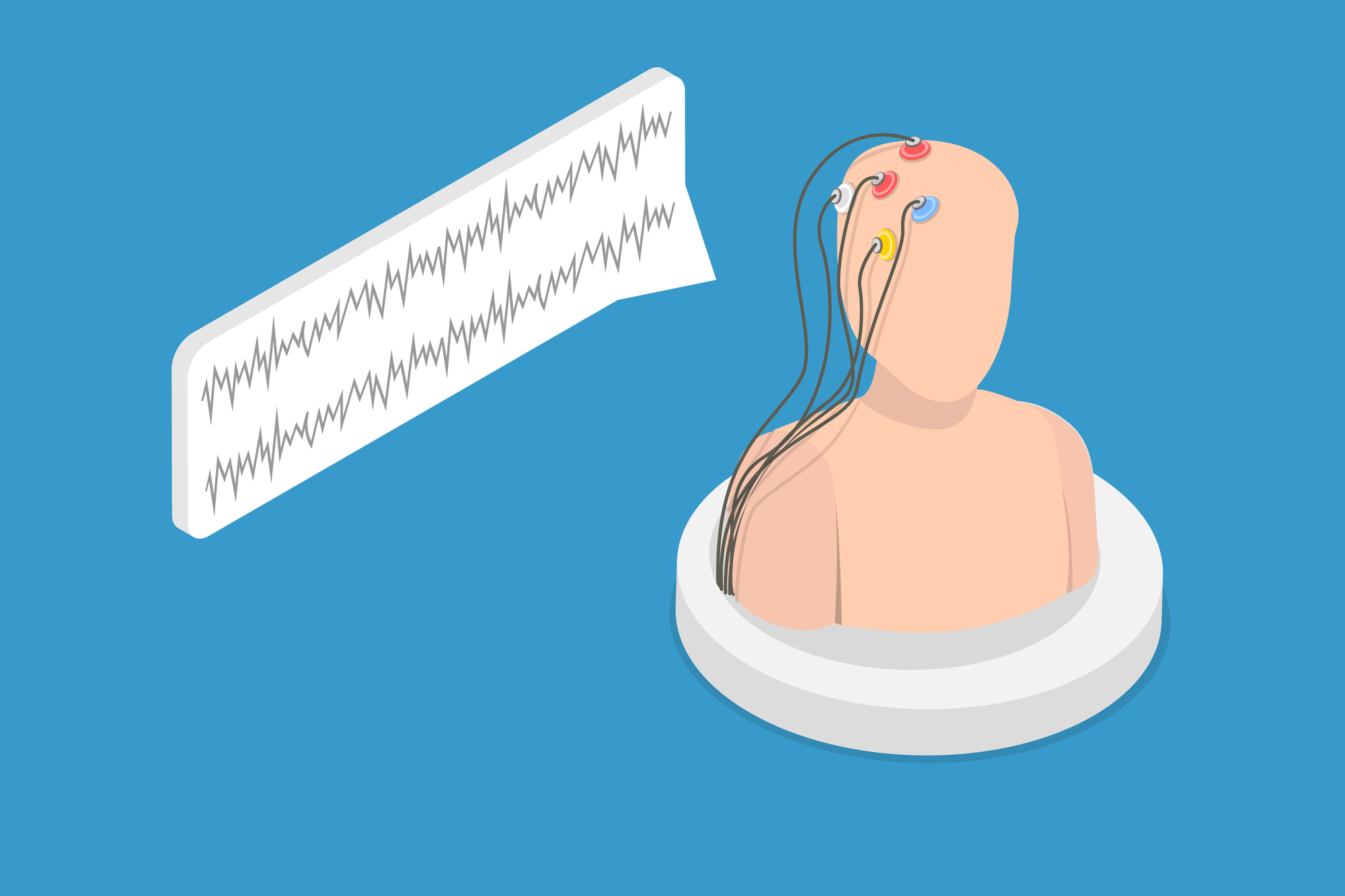In the field of psychology and behavioral therapy, operant conditioning plays a significant role in understanding and modifying human behavior. This article aims to provide a comprehensive explanation of operant conditioning and delve into its application within neurofeedback therapy. By the end, you will gain a clear understanding of how operant conditioning can contribute to the effectiveness of this therapeutic approach.
What is Operant Conditioning?
Operant conditioning is a behavioral learning theory developed by psychologist B.F. Skinner. It focuses on the relationship between an individual’s behavior and the consequences that follow. According to this theory, behavior can be modified or shaped by using positive or negative reinforcements and punishments.
The Basic Components
To grasp the concept of operant conditioning, it’s important to understand its fundamental components. These components include:
Positive Reinforcement: Positive reinforcement involves presenting a desirable stimulus immediately after a behavior occurs. This stimulus increases the likelihood of that behavior being repeated in the future. For example, praising a child for completing their homework may reinforce the behavior of studying regularly.
Negative Reinforcement: Negative reinforcement involves the removal of an undesirable stimulus after a behavior occurs. This removal strengthens the likelihood of that behavior occurring again. An example of negative reinforcement is turning off a loud alarm when you wake up promptly.
Punishment: Punishment involves presenting an undesirable stimulus or removing a desirable stimulus to decrease the likelihood of a behavior happening again. For instance, a student receiving detention for misbehaving in class is an example of punishment.
Extinction: Extinction occurs when a previously reinforced behavior no longer receives reinforcement. As a result, the behavior decreases in frequency and eventually stops altogether. An example of extinction is no longer providing attention to a child throwing tantrums, leading to a decrease in tantrum behavior.
The Role of Operant Conditioning in Neurofeedback Therapy
Operant conditioning plays a crucial role in neurofeedback therapy by reinforcing desirable brainwave patterns and extinguishing undesirable ones. Through the following steps, neurofeedback therapy utilizes operant conditioning principles to achieve optimal results:
Step 1: Assessment
The initial phase involves assessing the individual’s brainwave patterns using specialized equipment and software. This assessment provides a baseline understanding of the individual’s brain activity.
Step 2: Goal Setting
Based on the assessment, specific goals are established to target the desired brainwave patterns. These goals are personalized to address the individual’s unique needs and concerns.
Step 3: Training Sessions
During the training sessions, the individual receives real-time feedback about their brainwave activity through visual or auditory cues. Positive reinforcement is employed when the individual’s brainwave patterns align with the desired targets.
Step 4: Reinforcement and Progression
As the individual makes progress in achieving the desired brainwave patterns, positive reinforcement is given to reinforce and encourage the behavior. Over time, this repetition and reinforcement contribute to the desired brainwave patterns becoming more automatic and consistent.
Advantages of Neurofeedback Therapy
Neurofeedback therapy utilizing operant conditioning offers several advantages:
- Non-Invasive: Neurofeedback therapy is a non-invasive approach that does not involve medication or surgical procedures.
- Personalized Treatment: The therapy can be tailored to suit individual needs, as it focuses on specific brainwave patterns relevant to each person’s condition.
- Lasting Results: Through the principles of operant conditioning, neurofeedback therapy aims to create long-lasting changes in brainwave patterns, promoting sustained improvements.
- Wide Range of Applications: Neurofeedback therapy has shown promise in addressing various conditions, including attention deficit hyperactivity disorder (ADHD), anxiety, depression, and post-traumatic stress disorder (PTSD).
Operant conditioning plays a pivotal role in understanding and implementing effective neurofeedback therapy. By utilizing positive and negative reinforcements, along with punishments and extinction, this therapeutic approach can help individuals achieve desired brainwave patterns and experience lasting improvements. Neurofeedback therapy’s personalized and non-invasive nature, combined with the principles of operant conditioning, makes it a valuable tool in addressing various psychological and neurological conditions.





